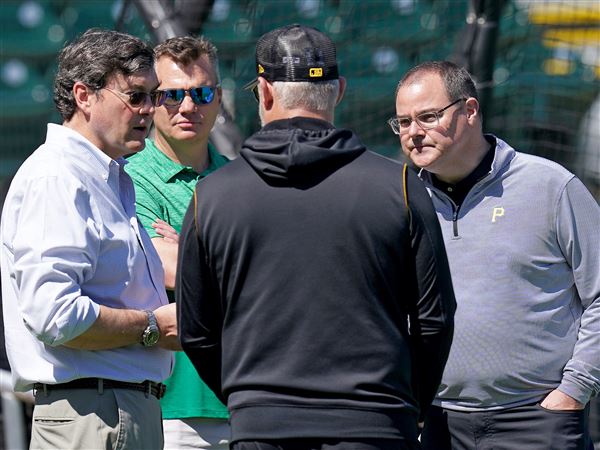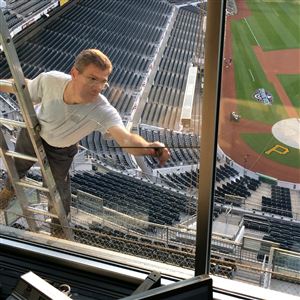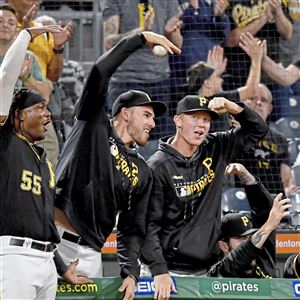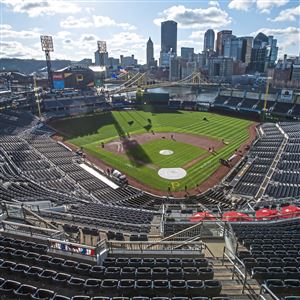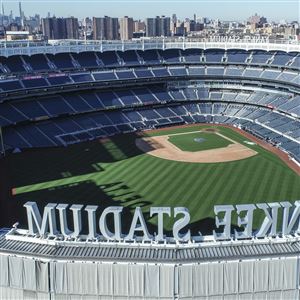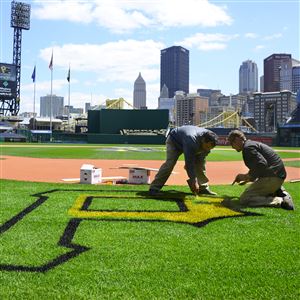Though it was never made easy, baseball will be back this summer.
On Tuesday, the MLB Players’ Association notified MLB that it agreed to report to spring training on July 1, with the hope being that the season will actually begin on either July 23 or July 24.
That’s the long and short of it, and it’s really the only part that matters. The rest either already has been or easily will be figured out, presumably.
Still, there are pressing questions that fan surely have pertaining to what the season will look like, so here’s an attempt to centralize those questions and hopefully provide answers for the more pressing ones.
How long will the season be?
Sixty games. This was, as many know, the main haggling point for most of this negotiating saga. Once everyone understood that the players would only play games if they received their full prorated salaries for the season, the question then became: for how many fully prorated games are the owners willing to pay?
At the end, the players wanted 70, the owners wanted fewer and we will get 60, beginning on July 23 or 24 and running through September 27, with postseason ideally starting from there.
Who will the Pirates play?
Forty of the Pirates’ 60 games will be played against their divisional foes. So 10 games each against the Chicago Cubs, Cincinnati Reds, Milwaukee Brewers and St. Louis Cardinals. The other 20 games will be played against AL Central opponents — the Chicago White Sox, Cleveland Indians, Detroit Tigers, Kansas City Royals and Minnesota Twins.
How exactly the AL Central games break down remains to be seen. MLB protected natural cross-divisional matchups, like the Cubs and White Sox, saying that those teams would play each other six times. Beyond that Chicago matchup, though, it’s unclear how it will break down in the Central. The closest geographical team to the Pirates is the Indians, but the Reds might have a claim to them already. In that case, the Pirates would probably face the Tigers six times instead. We will see.
Beyond that six-game slate against one team, the Pirates will play the other four AL Central teams for only one series, and it will be either three or four games, depending on how the schedule breaks down. More clarity should be coming on this soon, as reports say MLB will send teams their finalized schedule in the next 72 hours or so.
With interleague play, are there rule changes?
Glad you asked! It seemed a foregone conclusion that there was going to be a designated hitter throughout the league during negotiations. Because the 60-game mandate from commissioner Rob Manfred stems from the MLB-MLBPA agreement in March, which did not include a provision about the designated hitter, that prospect was less clear on Tuesday.
However, the two sides have since agreed that it is in their best interest to include a designated hitter still. So no more pitchers hitting.
The other main change to game play will come in extra innings. MLB is hoping to avoid those seemingly eternal, 15-plus inning games this year, since the 60-game schedule will already be a mashed-together sprint. So all extra innings will begin with a runner on second base. This rule has been implemented in the minor leagues in previous years, and it has worked, ending games sooner with more regularity.
Additionally, games that are rained out before the fifth inning will no longer be canceled and restarted. Instead, they’ll be picked up where they left off, since the tight schedule doesn’t leave much room for make-up games.
What do the rules for social distancing look like?
MLB’s safety guidelines are extremely long and extensive. While some of their rules may seem monotonous or over-bearing, people can likely agree that it’s necessary to be extremely cautious right now. So, here are some of the things MLB is implementing to prevent the spread of COVID-19.
Spitting is outlawed. That goes for sunflower seeds, chewing tobacco, all of it. Pitchers aren’t allowed to lick their fingers. Instead, they’ll be permitted to have a wet rag in their pocket to moisten their fingers if necessary.
Players will be responsible for lugging their own gear on and off the field. So, no more bat boys and girls to run out to the base and take the shin guards, gloves or other protective gear from hitters. Same goes for pitchers, who will have to bring their own rosin bag to the mound with them.
High fives and hugs are not allowed. Look for socially distanced, elaborate air-handshakes instead.
MLB is also being extra careful about the baseballs themselves. Those used in batting practice can only be used on that day. Then, they’ll have to be sanitized and put aside for five days afterward before being used again.
As far as the health of players, specifically, on a day-to-day basis, any high-risk player is permitted to opt out of playing. If any player lives with a high-risk person, like a pregnant wife, they, too, are allowed to sit out. Both of those parties would still get paid and earn service time.
Those playing in games will have their temperatures checked upon entering the park and will be tested multiple times throughout a week. Anybody who has a high temperature or tests positive will be sent home and won’t be allowed to return until they test negative for COVID-19 twice, at least 24 hours apart, have been without a fever for 72 hours and have taken an antibody test.
So, yes, some things will certainly look funky compared to what we’re used to, but these are necessary steps to prevent the spread of coronavirus, if at all possible.
Will there be a trade deadline?
Yes, and it will be on August 31. This will be an extremely interesting thing to watch. Teams might be more hesitant to buy or sell because they don’t have as large a sample size as they would during a regular season. Or, teams will see the length of the season as an opportunity to compete for a championship when they otherwise might not be able to, leading to more aggressive trades.
Still, for a team like the Pirates, if they can pry a few prospects away from another team for a major league player, that is still some good news and progress in the larger rebuild.
How large will the rosters be?
Teams will start the season with 30-man rosters. After two weeks, that number will go down to 28, and then two weeks after that it will diminish to 26 players. Before the season, there was supposed to be a rule that limited the number of pitchers on a roster. That rule has been waived.
As far as a taxi squad of players at the ready, we shall see. There are rumors that Nashville might play host to two rosters of major-league-level free agents, whom teams can sign in the case of an injury or some other unforeseen issue. That has not yet been confirmed, but it would stand to reason that there would be some creative way of providing teams with at-the-ready help, since the minor leagues look like a sure thing to be canceled.
Expanded playoffs?
This, like the designated hitter, seemed like it was going to be a sure thing during negotiations, but it was halted because an agreement was not made. Unlike the designated hitter, expanded playoffs have not yet been agreed to. So, no expanded playoffs, it seems. Right now, it will be the 10-team format that we’ve gotten used to in the past.
Mike Persak: mpersak@post-gazette.com and Twitter @MikeDPersak
First Published: June 25, 2020, 2:00 p.m.



